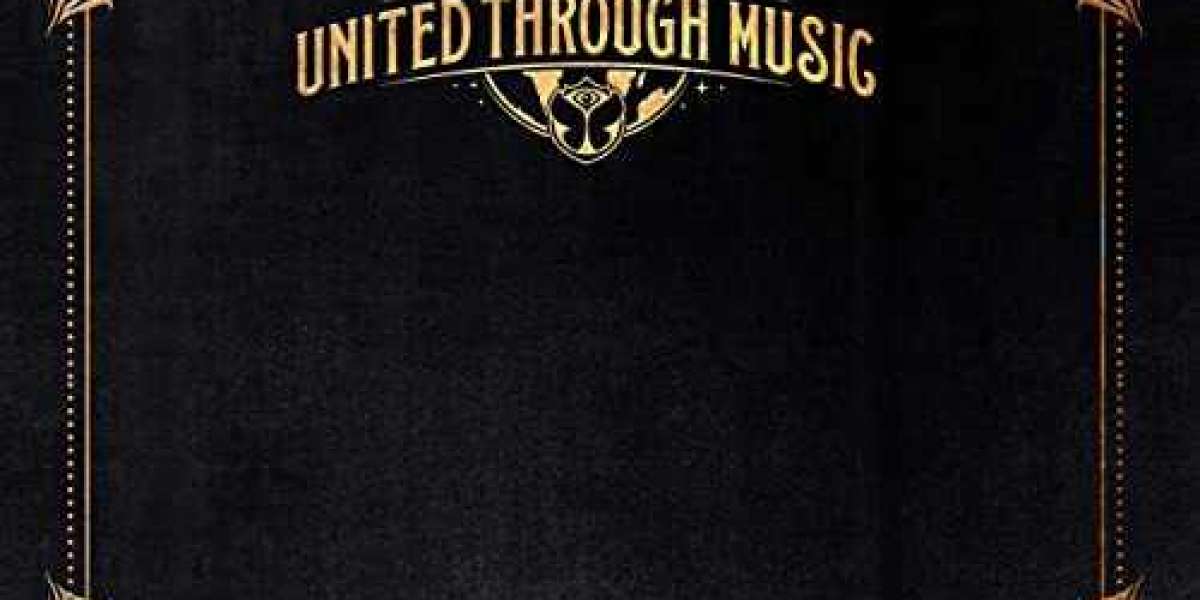The global handbag market size was USD 47.57 billion in 2020. The market is projected to grow from USD 49.63 billion in 2021 to USD 78.46 billion in 2028 at a CAGR of 6.7% in the 2023-2028 period. Developing tourism and transport industry and rising preferences towards premium fashion products are likely to fuel market growth. Fortune Business Insights™ provides this information in its report titled "Handbag Market, 2023-2028."
The rising demand for premium fashion accessories is likely to boost handbag demand. It is portable and comes in different designs, colors, and shapes. The rising tourism and transport are expected to boost the product's demand drastically. As per the information provided by the United Nations World Tourism Organization, tourist visits exhibited a 5% growth in 2018 touching 1.4 billion. The product's portability, strength, and elegant designs are likely to attract consumers to attractive bags.
Further, evolving consumer preferences and rising demand for premium fashion accessories are likely to increase sales. Moreover, manufacturers launch high-quality bags with innovative features such as outer shells, power units, and removable flaps to attract consumers' demand. For example, Evolution Smart Bag launched Autumn Blue Signature Handbag with a charging base, removable flap, and EVA outer shell evolution power unit. These factors are likely to bolster market growth during the forecast period.
List of Key Players Profiled in the Handbag Market Report:
- Guccio Gucci S.p.A. (Florence, Italy)
- Prada S.p.A. (Milan, Italy)
- Fendi (Rome, Italy)
- Burberry (London, U.K.)
- Hermès International S.A. (Paris, France)
- Kate Spade (New York, U.S.)
- Calvin Klein Inc. (New York, U.S.)
- Coach IP Holdings LLC (New York, U.S.)
- Louis Vuitton Malletier (Paris, France)
- Chanel Ltd (Paris, France)
Highlights of the Report
The report provides a detailed analysis of the top segments and the latest trends in the market. It comprehensively discusses the driving and restraining factors and the impact of COVID-19 on the market. Additionally, it examines the regional developments and the strategies undertaken by the market's key players.
Drivers and Restraints
Rapidly Progressing Fashion Industry to Bolster Market Growth
Evolving consumer preferences and increasing spending capacity have led to the adoption of fashion products. The adoption of a wide range of handbags is likely to foster the product's sales. As per the data provided by the Business of Fashion Ltd and McKinsey Company's report titled ‘The State of Fashion 2019’ the market reached USD 1.3 trillion and is anticipated to employ approximately 300 million people globally. Further, a rising number of sales from the female population is likely to escalate the product's adoption. According to the information provided by Catalyst.Org, the total female consumer spending reached approximately USD 31.8 trillion in 2019. In addition, the incorporation of promotional campaigns by manufacturers attracts consumers and boosts adoption. For example, as per the National News (UAE), in July 2018, Chanel selected Penelope Cruz as its brand ambassador. These factors are likely to drive the handbag market growth.
However, the availability of alternative products may hamper the progress of the industry.
Factors Affecting the Growth of the Handbag Market:
- Fashion Trends and Style Preferences: Consumer preferences for handbags are heavily influenced by fashion trends and evolving style preferences. Changes in colors, materials, designs, and sizes of handbags can significantly impact the market's growth as consumers seek to align their choices with the latest trends.
- Brand Awareness and Perception: Strong brand recognition and positive brand perception can drive demand for handbags. Consumers often seek out handbags from well-known and reputable brands, associating them with quality, status, and style.
- Income Levels and Disposable Income: Economic conditions, including income levels and disposable income, play a crucial role in determining the demand for luxury and high-end handbags. Consumers with higher disposable income are more likely to invest in premium and designer handbags.
- Consumer Demographics: Demographic factors such as age, gender, and lifestyle can impact handbag preferences. Different age groups and genders may have varying preferences for handbag styles, sizes, and functionality.
- Occasions and Usage: The purpose of using a handbag can influence purchasing decisions. Handbags designed for everyday use, work, special occasions, or travel cater to different consumer needs and preferences.
- E-Commerce and Online Shopping: The rise of e-commerce has significantly affected the handbag market. Online platforms provide consumers with a wide range of options and convenience in purchasing, contributing to market growth.
- Globalization and Travel: Travel and globalization have led to increased exposure to international brands and trends. This exposure can influence consumer preferences and lead to the adoption of new styles and designs.
- Innovation and Design: Handbag manufacturers continuously introduce innovative designs, materials, and features to attract consumers. Unique designs and functional features can drive demand for new and differentiated products.
- Influence of Celebrities and Influencers: Celebrity endorsements and influencer marketing can have a substantial impact on the handbag market. When a celebrity is seen using a particular brand or style, it can lead to increased interest and sales.
- Sustainability and Ethical Concerns: Consumer awareness of sustainability and ethical practices has grown. Brands that prioritize eco-friendly materials, ethical sourcing, and responsible production may gain a competitive edge in the market.
Segments
By product, the market is segmented into satchel, clutch, tote, saddle, body cross, hobo, and others. As per raw material, it is bifurcated into leather and fabric. Based on the end-user, it is classified into women and men. Regionally, it is grouped into Europe, North America, Asia Pacific, South America, and the Middle East Africa.
Regional Insights
Rising Per-Capita Income to Boost Market Development in Europe
Europe is projected to dominate the handbag market share because of the rising per-capita income and evolving consumer preferences. The market in Europe stood at USD 16.14 billion in 2020 and is expected to grow positively during the upcoming years. Further, rising demand for premium fashion items and the presence of several major players are likely to fuel product demand. These factors are likely to boost market development.
Asia-Pacific is expected to grow steadily because of the presence of the rapid surge in employment. As a result, the number of consumers willing to purchase premium products has increased significantly. As per the International Labor Organization, the employment ratio in Asia-Pacific increased by 33.1% in 2019. These factors are likely to boost industry growth.
In North America, the positive growth of the small industries has boosted handbag adoption. For example, as per the data published by the Small Business Administration, the number of small businesses in the U.S. is approximately 30.7 million as per 2019 and possesses nearly 59.9 million employees. In addition, the presence of several fashion shows such as Micam Americas Las Vegas, Stylemax Chicago, and Apparel Sourcing USA are likely to boost the market growth.
Competitive Landscape
Major Players Launch Innovative Products to Improve Brand Image
Prominent companies operating in the market launch innovative products to satisfy consumer demand and boost brand image. For example, VKY Original launched a slew of classic luxury handbags including tote and messenger bags in November 2019. The handbags are designed using a signature concealed secret lining to increase the bag's appeal. This launch may enable the company to boost its brand image globally. Moreover, the adoption of acquisition strategies may enable manufacturers to acquire resources and produce quality products. This strategy can boost companies' annual revenues.
Browse Detailed Summary of Research Report:
https://www.fortunebusinessinsights.com/handbag-market-103860








